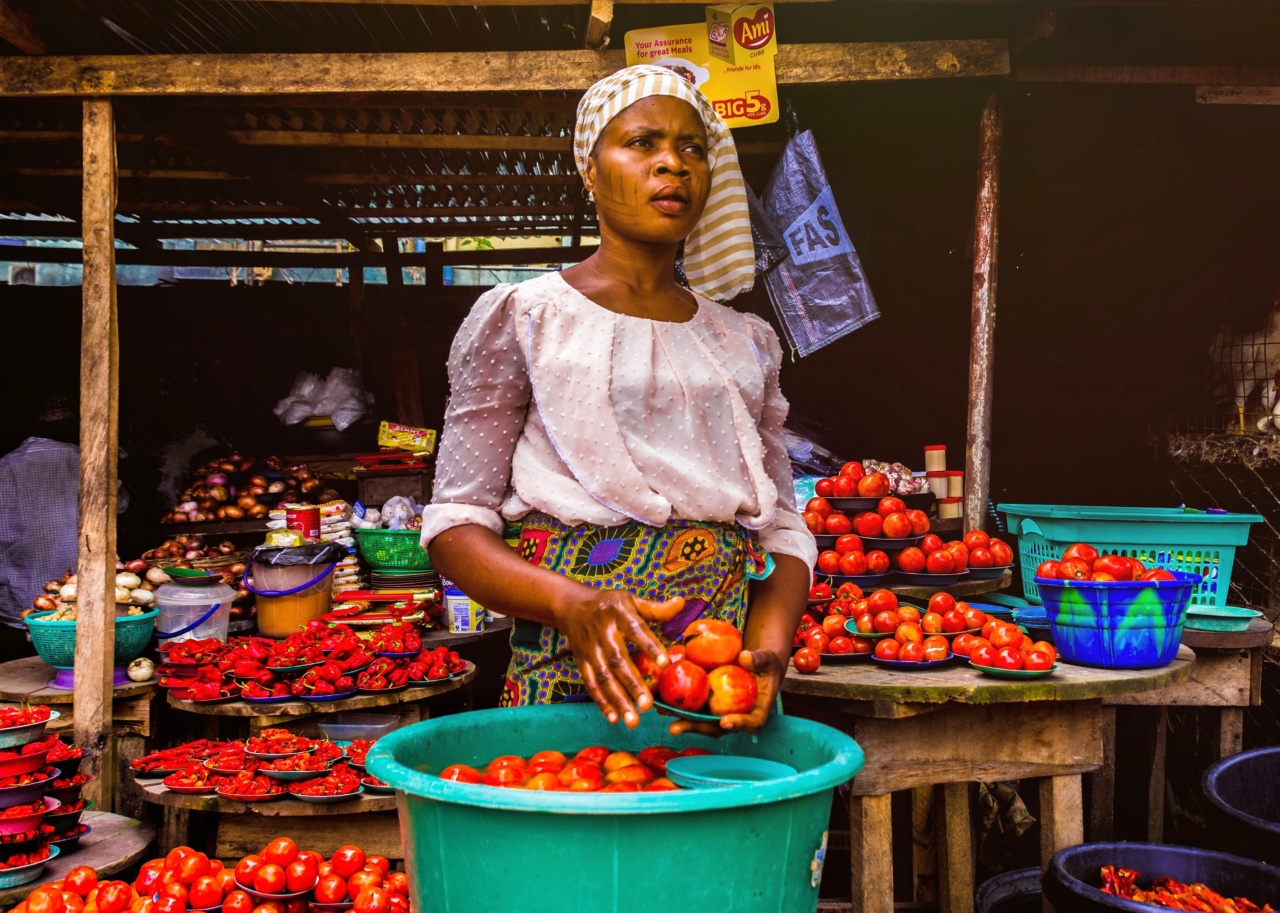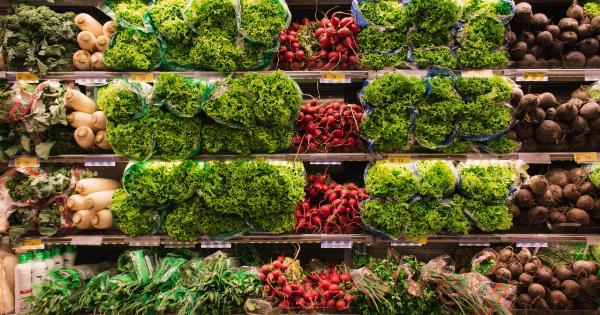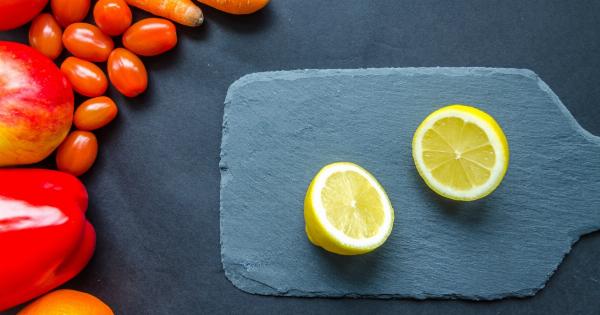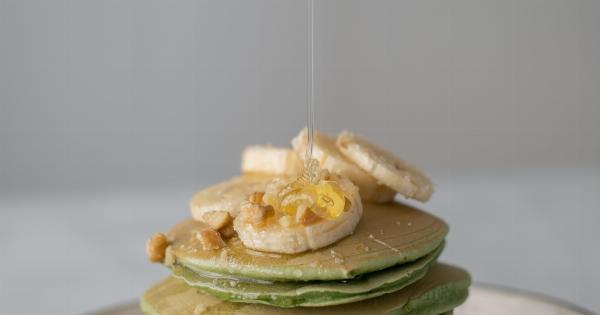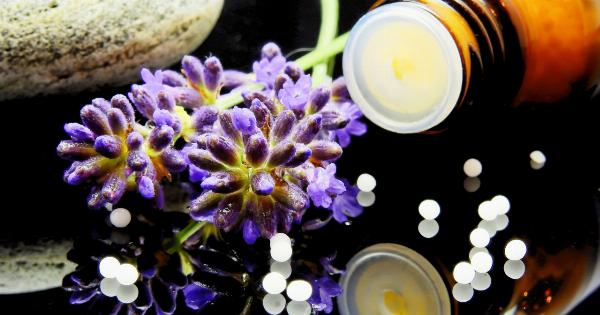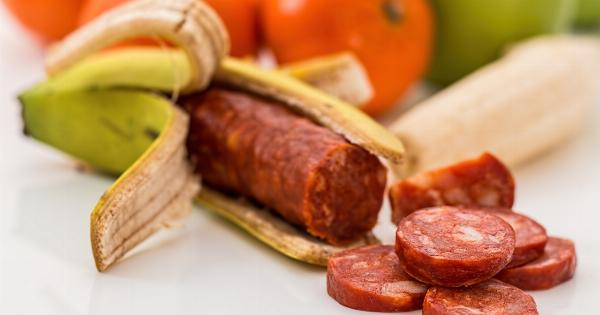Consuming fruits and vegetables is essential for a healthy diet. However, not all fruits and vegetables are grown equal. Some tend to gather more pesticide residues than others.
Therefore, it is important to know which fruits and vegetables have the highest and lowest amount of pesticide residues and make environmentally conscious choices.
The Dirty Dozen
The Dirty Dozen are the twelve fruits and vegetables with the highest amount of pesticide residues. The Environmental Working Group (EWG) compiles a yearly list of the Dirty Dozen to help consumers choose which fruits and vegetables to buy organic.
1. Strawberries
Strawberries top the Dirty Dozen list year after year. They are grown in conventional farming with large amounts of pesticides. It is highly recommended to buy strawberries that are certified organic.
2. Spinach
Spinach is a leafy green that is commonly sprayed with pesticides. Almost all samples of non-organic spinach tested positive for residues of at least one pesticide.
3. Kale
Kale is a popular superfood that is rich in nutrients. However, it also accumulates a high amount of pesticide residues. Make sure to buy organic kale or grow your own.
4. Nectarines
Nectarines are often heavily sprayed with pesticides to control pests and diseases. The thin skin of nectarines also makes them more susceptible to pesticide penetration.
5. Apples
Apples have been on the Dirty Dozen list for several years. More than 90 percent of conventional apples have pesticide residues, including those used to control pests and diseases, making it essential to buy organic apples.
6. Grapes
Grapes are among the most heavily sprayed fruits globally. They can contain up to 15 pesticides on a single grape. It’s advisable to buy organic or wash grapes thoroughly before consuming.
7. Peaches
Like nectarines, peaches have a thin skin that allows pesticides to penetrate easily. They also tend to be extensively sprayed with pesticides, and most samples of non-organic peaches tested positive for pesticide residues.
8. Cherries
Cherries have a low resistance to pests and diseases, which makes them vulnerable to a high number of pesticides. Almost all non-organic cherries tested by the EWG contained pesticide residues.
9. Pears
Pears are another fruit that tends to have high pesticide residues. They are often sprayed with organophosphate insecticides, which are linked to developmental issues in children.
10. Tomatoes
Tomatoes are susceptible to a wide range of pests and diseases and, as a result, are often sprayed with pesticides. The pesticide residues found on conventional tomatoes are associated with negative health effects.
11. Bell Peppers
Bell peppers are often sprayed with high amounts of pesticides to protect them from pests and diseases. Almost 70 percent of conventional bell pepper samples tested had multiple pesticide residues.
12. Potatoes
Potatoes tend to have a high level of pesticides compared to other vegetables. They are often treated with fungicides and insecticides, making it crucial to buy organic potatoes.
Clean Fifteen
The Clean Fifteen is a list of fifteen fruits and vegetables with the lowest amount of pesticide residues. These fruits and vegetables are the most environmentally conscious choices for consumers.
1. Avocado
Avocados are generally treated with fewer pesticides. They have a thick skin that prevents the absorption of any pesticide residue into the fruit itself. Therefore, their consumption can be safe either organic or not organic.
2. Sweet Corn
Sweet corn isn’t susceptible to pests and diseases, which decreases the need for pesticides. Almost 90 percent of non-organic sweet corn samples tested negative for any pesticide residues.
3. Pineapples
Due to the rough exterior of pineapples, they are treated with fewer pesticides. Therefore, consumers don’t have to decide on the organic option while purchasing pineapples.
4. Frozen Sweet Peas
Frozen sweet peas are tested for pesticides and generally contain little to no traces of any harmful residue which is why they are often included in no-organic purchases.
5. Onions
Onions have a compound that repels pests and diseases, making it less susceptible to chemical pesticides. Organically grown onions still offer health benefits, but it is still appropriate to choose non-organic onions since they retain fewer pesticides.
6. Papayas
Papayas have a thick skin that reduces its absorption of pesticides. They are subjected to fewer pests and diseases than other fruits, making the organic version as well as the non-organic, healthier options.
7. Eggplant
Eggplants are typically resistant to pests and diseases, and therefore, they require few pesticides. About 75 percent of non-organic eggplant samples tested negative for pesticide residues.
8. Asparagus
Asparagus is generally treated with fewer pesticides since it grows above land, making it less susceptible compared to other vegetables. Non-organic asparagus is still a healthy option for consumers.
9. Kiwi
The thick and fuzzy skin of Kiwi acts as a natural barrier to protect it from pests and diseases, requiring few pesticide treatments to grow healthy fruit.
10. Cabbage
Cabbage is usually sprayed with fewer pesticides due to its thickness which hinders pesticide penetration. It is recommended to choose non-organic cabbage since its pesticide residues are negligible.
11. Cauliflower
Cauliflower is commonly sprayed with fewer pesticides. By testing non-organic cauliflower, it displayed a negligible amount of pesticide residue making it a healthy no-organic choice.
12. Cantaloupe
Cantaloupes are treated with fewer pesticides, mostly during transportation to preserve it’s freshness. However, it is advisable to wash the melon thoroughly before consuming as a precaution.
13. Broccoli
Broccoli is often sprayed with less pesticide than other vegetables. It is recommended to opt for non-organic broccoli since pesticide residues are minimal.
14. Mushrooms
Mushrooms are generally grown in controlled environments that are less vulnerable to pests. Therefore, they can be considered a no-organic, healthy option.
15. Honeydew Melon
Similar to cantaloupes, honeydew melons are sprayed with fewer pesticides, however, also require to be washed thoroughly to eliminate any pesticide traces.
Final Thoughts
Understanding which fruits and vegetables have the highest and lowest amount of pesticide residues is crucial for making informed, environment-friendly, and health-conscious choices.
It is recommended to consume a variety of fruits and vegetables while including the organic options for Dirty Dozen fruits and vegetables and opting for the non-organic choices for the Clean Fifteen.
